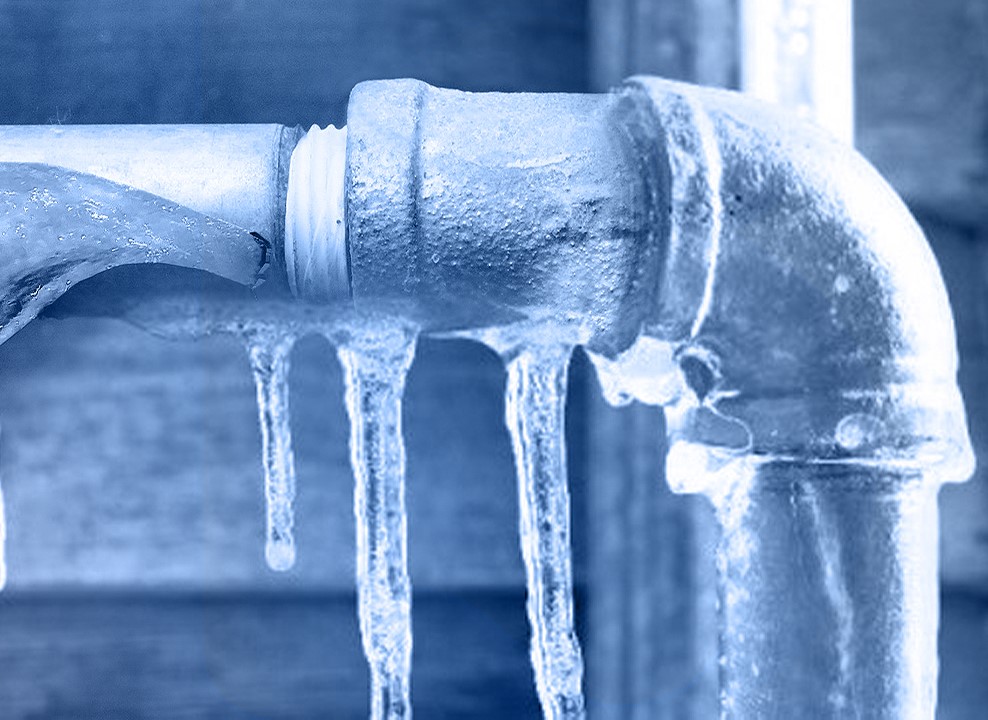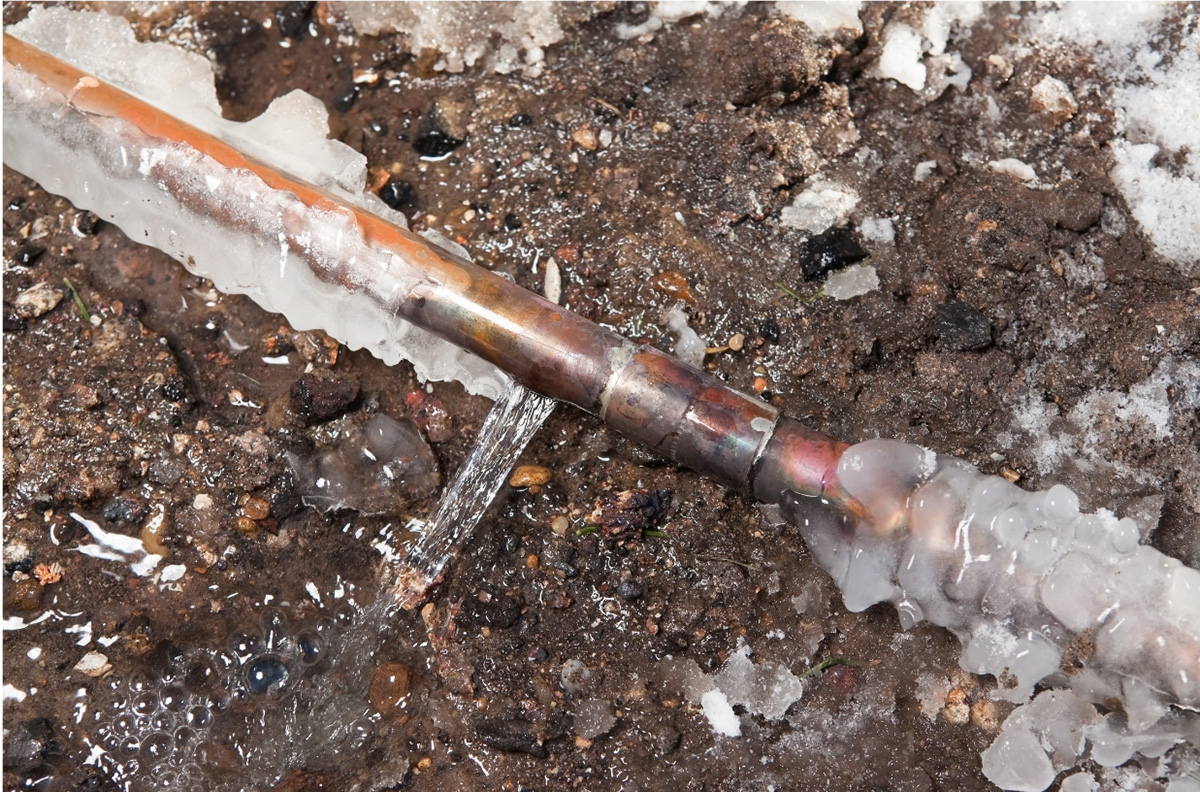We have uncovered this article involving How to Prevent Your Pipes From Freezing directly below on the internet and felt it made perfect sense to quickly share it with you on my blog.

Winter can damage your pipes, particularly by freezing pipes. Right here's exactly how to stop it from happening and what to do if it does.
Introduction
As temperature levels decrease, the danger of frozen pipes rises, possibly bring about pricey repair work and water damage. Understanding exactly how to prevent icy pipelines is vital for house owners in chilly climates.
Avoidance Tips
Shielding prone pipelines
Wrap pipelines in insulation sleeves or make use of warmth tape to secure them from freezing temperatures. Focus on pipes in unheated or outside locations of the home.
Home heating techniques
Keep indoor areas adequately heated up, particularly areas with pipes. Open up closet doors to permit warm air to distribute around pipes under sinks.
How to determine icy pipes
Seek decreased water flow from faucets, uncommon smells or noises from pipes, and noticeable frost on exposed pipelines.
Long-Term Solutions
Architectural changes
Take into consideration rerouting pipelines away from exterior walls or unheated locations. Add additional insulation to attics, cellars, and crawl spaces.
Upgrading insulation
Invest in premium insulation for pipelines, attics, and walls. Appropriate insulation aids keep regular temperature levels and reduces the risk of icy pipelines.
Safeguarding Outside Pipes
Garden hose pipes and outside taps
Separate and drain garden tubes before wintertime. Mount frost-proof spigots or cover exterior taps with protected caps.
Recognizing Frozen Pipes
What triggers pipes to ice up?
Pipelines freeze when subjected to temperatures below 32 ° F (0 ° C) for expanded periods. As water inside the pipes freezes, it increases, putting pressure on the pipeline walls and potentially creating them to break.
Threats and problems
Icy pipelines can result in water supply disruptions, residential property damage, and costly fixings. Burst pipelines can flood homes and trigger extensive structural damages.
Indicators of Frozen Water Lines
Determining icy pipelines early can stop them from rupturing.
What to Do If Your Pipes Freeze
Immediate activities to take
If you suspect frozen pipelines, keep faucets open to soothe stress as the ice thaws. Make use of a hairdryer or towels taken in warm water to thaw pipes gradually.
Verdict
Protecting against frozen pipelines calls for aggressive steps and fast reactions. By comprehending the reasons, indications, and safety nets, property owners can shield their pipes during cold weather.
5 Ways to Prevent Frozen Pipes
Drain Outdoor Faucets and Disconnect Hoses
First, close the shut-off valve that controls the flow of water in the pipe to your outdoor faucet. Then, head outside to disconnect and drain your hose and open the outdoor faucet to allow the water to completely drain out of the line. Turn off the faucet when done. Finally, head back to the shut-off valve and drain the remaining water inside the pipe into a bucket or container. Additionally, if you have a home irrigation system, you should consider hiring an expert to clear the system of water each year.
Insulate Pipes
One of the best and most cost-effective methods for preventing frozen water pipes is to wrap your pipes with insulation. This is especially important for areas in your home that aren’t exposed to heat, such as an attic. We suggest using foam sleeves, which can typically be found at your local hardware store.
Keep Heat Running at 65
Your pipes are located inside your walls, and the temperature there is much colder than the rest of the house. To prevent your pipes from freezing, The Insurance Information Institute suggests that you keep your home heated to at least 65 degrees, even when traveling. You may want to invest in smart devices that can keep an eye on the temperature in your home while you’re away.
Leave Water Dripping
Moving water — even a small trickle — can prevent ice from forming inside your pipes. When freezing temps are imminent, start a drip of water from all faucets that serve exposed pipes. Leaving a few faucets running will also help relieve pressure inside the pipes and help prevent a rupture if the water inside freezes.
Open Cupboard Doors
Warm your kitchen and bathroom pipes by opening cupboards and vanities. You should also leave your interior doors ajar to help warm air circulate evenly throughout your home.

As a passionate person who reads about How To Avoid Freezing Pipes, I think sharing that article was a good idea. Appreciated our piece of writing? Please share it. Let someone else check it out. Kudos for being here. Revisit us soon.
Call Today